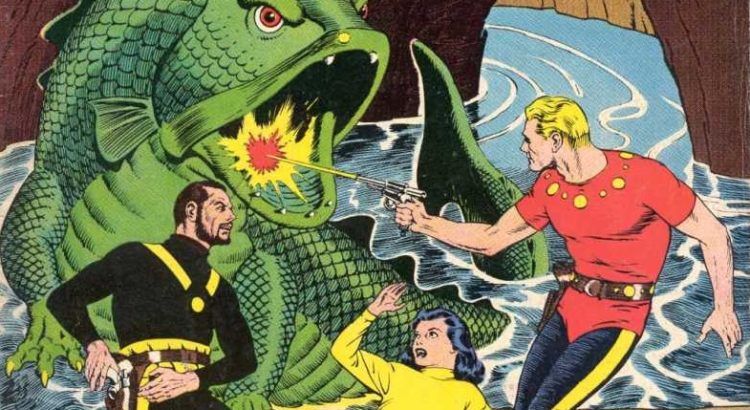I’d like to talk about that one character’s surprise return in the new season of The Mandalorian.
No, not that one.
No, not that other one. The one in the premiere.
No, not that one, the other one in the premiere.
Heh. Anyway, Boba Fett. I think a lot of people, especially those whom you might call the core Mandalorian fanbase, see the nineties Expanded Universe as Boba Fett’s golden age—a time when the mainstream sensibilities of the Star Wars franchise, in both comics and prose, aligned perfectly with Boba’s gritty, amoral vibe in the original trilogy, and thus a slew of gritty, amoral content was released—famously including his resurrection from the sarlacc pit, but much of it set during the Empire’s reign, giving him no shortage of killable adversaries. Boba had no confirmed origin, no character arc, and frankly, no personality. He simply was.
I came into Star Wars at the peak of that era. I read all those stories, and they were mostly decent enough—I think the tone worked better in comics than in prose, but as part of the tapestry of what Star Wars was at the time I had no objection to them. But I don’t think I’d have called myself a Boba Fett fan.
Read More




